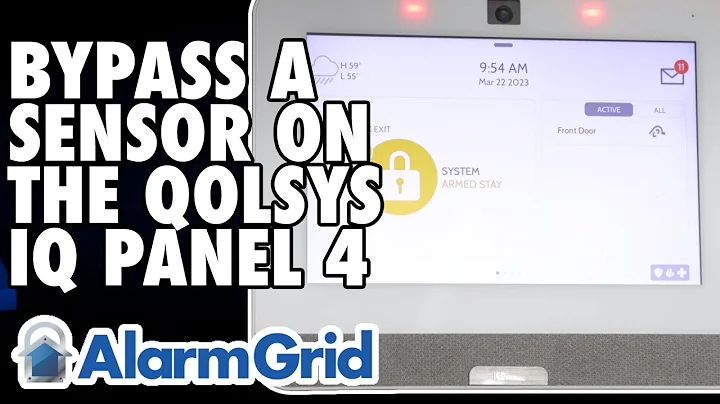Master the Art of Lighting Theory
Table of Contents:
- Introduction to Lighting Theory
1.1 Importance of Point Source Calculations
1.2 Overview of Dialux Program
- Four Stages of Lighting Theory
2.1 Source
2.2 Flow of Light
2.3 Illuminance
2.4 Luminance
- Understanding Luminous Intensity and Luminous Flux
3.1 Luminous Intensity and Candela
3.2 Luminous Flux and Lumens
- Calculating Illuminance on a Surface
4.1 Inverse Square Law
4.2 Surface Area and Distance
4.3 Determining Illuminance with Luminous Intensity and Distance
4.4 Consideration of Perpendicular Surfaces
4.5 Applying the Cosine Law
- Examples of Illuminance Calculation
5.1 Perpendicular Surface Calculation
5.2 Calculation for Non-Perpendicular Surface
- Application to Multiple Light Sources
6.1 Combining Contributions from Multiple Sources
Introduction to Lighting Theory and Point Source Calculations
In this article, we will delve into the fascinating topic of lighting theory and point source calculations. Lighting is an essential aspect of our daily lives, and understanding the theory behind it can help us optimize our lighting setups for various applications.
Before we proceed, let's take a brief look at the Dialux program, which is a powerful tool for simulating lighting scenes. Dialux allows us to calculate illuminance levels on surfaces based on the characteristics of light sources and their positions.
Four Stages of Lighting Theory
To comprehend lighting theory, it is helpful to break it down into four main stages: the source, flow of light, illuminance, and luminance.
The source refers to the light-emitting element or fixture being utilized. The luminous intensity of the source is measured in candela (cd), which determines the amount of light emitted.
The flow of light, also known as luminous flux, is measured in lumens (lm). It represents the total amount of light emitted by the source.
As the light falls on a surface, it generates illuminance, which denotes the level of illumination on that surface. Illuminance is measured in lumens per meter squared (lm/m²).
Luminance, the reflected light from the surface, is another important factor to consider. However, for the purpose of this article, we will focus on the first three stages.
Understanding Luminous Intensity and Luminous Flux
Luminous intensity is a crucial metric in lighting theory and plays a significant role in point source calculations. It tells us the power of light emitted by a source in a specific direction. Luminous intensity is measured in candela (cd).
Luminous flux is the total amount of light energy emitted by a source per unit time. It is measured in lumens (lm) and represents the sum of the visible light emitted by the source regardless of direction.
Calculating Illuminance on a Surface
When it comes to determining the illuminance on a surface, the inverse square law comes into play. This law states that the illuminance decreases as the distance from the source increases.
To calculate illuminance, we need to know the luminous intensity of the source and the distance from it to the surface. The illuminance (E) can be calculated as follows:
E = (luminous intensity) / (distance)^2
It is important to note that this formula assumes a perpendicular surface relative to the direction of light travel. When the surface is not perpendicular, the cosine law must be applied to account for the change in illuminance due to the angle.
Examples of Illuminance Calculation
Let's consider a couple of examples to understand how illuminance calculations work. Suppose we have a source with a luminous intensity of 1000 cd, and the working plane is positioned two meters away from the source.
Using the formula mentioned earlier, the illuminance can be calculated as:
E = (1000 cd) / (2 m)^2 = 250 lm/m²
In another scenario, let's assume the source remains the same but the surface of interest is located three meters away at an angle. By applying the cosine law, the illuminance can be determined.







